| Vintage Pulp | Sep 26 2021 |

In New York City people of a certain class live on the Upper East Side. Stockbrokers, lawyers, Nazis...
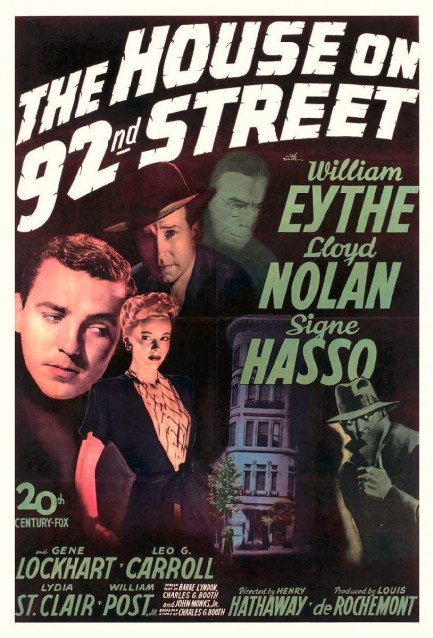
This poster would have sucked us right through the moviehouse doors had we been around when it was on display. It has beautiful colors, an air of mystery, a nice design, and dramatic graphics. The House on 92nd Street, which starred William Eythe, Lloyd Nolan, and Signe Hasso (who we've seen a lot of lately), definitely doesn't rise to the level of the promo art. It qualifies as a propaganda film, though the events depicted are accurate. But with J. Edgar Hoover appearing briefly in the prologue, a stentorian narration, stilted dialogue, and a soundtrack that veers toward the martial, it's pretty hard to immerse yourself in what is undeniably a Hollywood-on-FBI stroke job.
If you take the plunge, the movie turns out to be about a German American student who is recruited by Nazis but instead becomes a double agent for the FBI during the period when World War II was raging in Europe but the U.S. wasn't militarily involved yet. German spies had been deployed around the U.S., and the movie deals with a particular group that gets wind of an important military secret, the secret of—dum dum duuuuuuum—the bomb. You know. The big bomb. The A-bomb. The nuke. The edge. The be-all. The end-all. The mushroom cloud layin', eyeball meltin', city flattenin', effervescently fissionatin' ordnance both Germany and the U.S. thought would win the war. Good premise, actually.
But since World War II was almost over when the film came out, the plot's outcome was a given. Did audiences feel any suspense? We aren't convinced. Even if the FBI hadn't routed out the spies, the skyrocketing Upper East Side real estate prices would have. The Nazis would have moved to the Bronx seeking cheaper rent. With the conclusion not in doubt, the movie's thrills needed to be provided by the audience's attachment to double agent Eythe, who's in constant danger of being outed and de-cortexed by a Luger slug. Unfortunately, he's mostly an empty suit, therefore the movie fails on that level. It was well reviewed in its day, but duh, critics need to eat too. We doubt many would have panned the movie at that time. But the lens of history is cruel and today the film is considered substandard.
The best aspect of The House on 92nd Street is Signe Hasso as the cast iron Frau Farbissina style bitch operating the nest of naughty Nazis, but she's not enough to save the production—nor ultimately the spy ring. If the filmmakers had ditched the narration, the scare music, the scare Hoover, and gone less procedural and more personal, maybe there would have been a good film in this somewhere, but as it turned out it's just a middling crime melodrama considered to be a fringy film noir—certainly one the genre could do without. The poster, though, remains very nice. The House on 92nd Street premiered today in 1945.
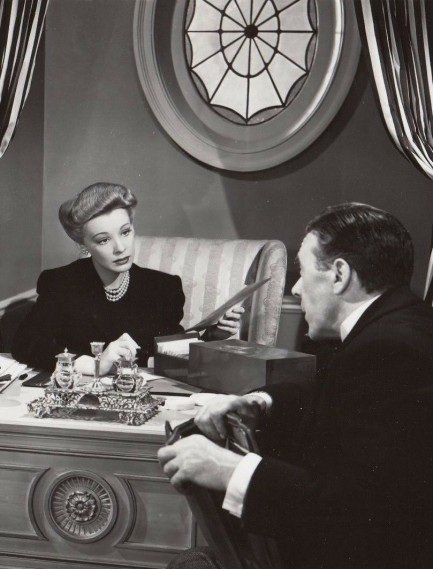
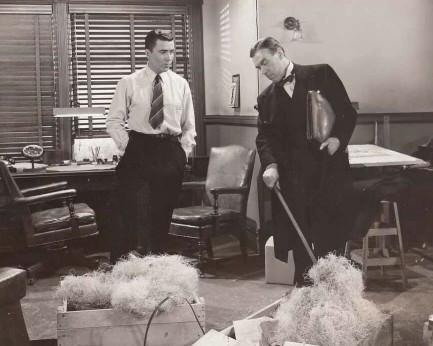
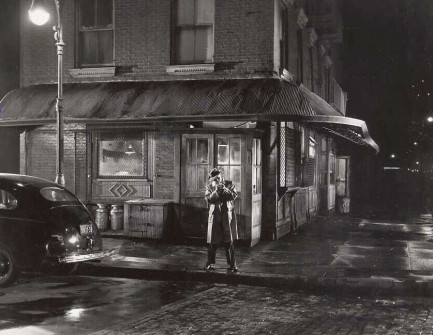
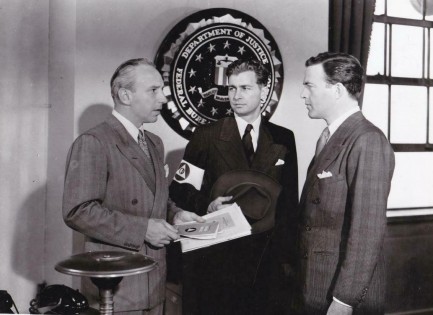
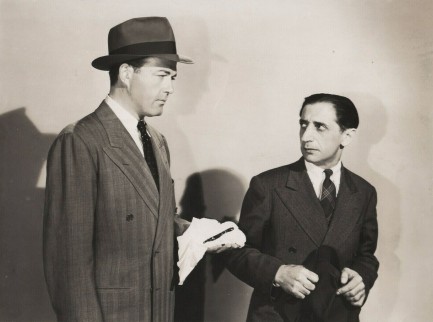
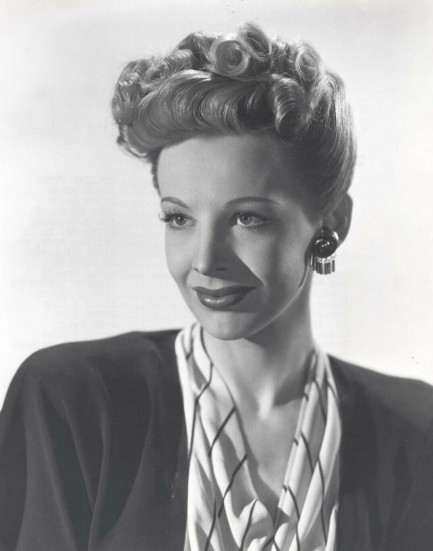






| Femmes Fatales | Sep 15 2021 |

What she does in the shadows.
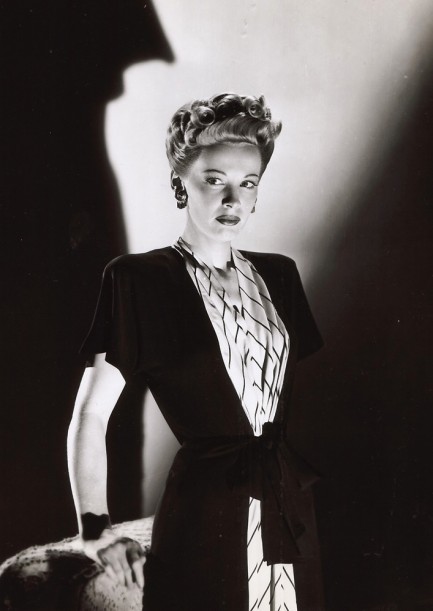
We saw Signe Hasso recently. In fact, we used her for a pro-vaccine PSA. So we brought her back without any messaging. Though we messaged just by mentioning the previous message, didn't we? Anyway, you see Hasso here in probably her best promo image, which like the earlier shot was made when she filmed The House on 92nd Street. There are some pretty bad femmes fatales in film noir, but Hasso, with her cabal of deadly thugs and penchant for dangerous chemicals, is close to the baddest. We'll talk about it in a bit. The photo from 1945.
| Femmes Fatales | Aug 21 2021 |

Getting a vaccination can really be a Hasso.
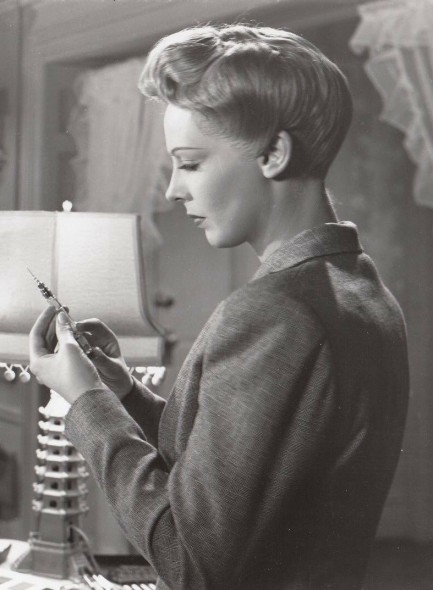
Above is a photo of Swedish actress Signe Hasso from her 1945 spy thriller The House on 92nd Street. We think that if the COVID shot givers looked like Hasso there'd be very few holdouts. But the shot she gives, sadly, is not of the helpful variety—though it was probably easier to administer than convincing some Americans to get their jabs. First the guy's smacked out of his chair, then kicked across the room until he's insensate.
Hasso was born Signe Larsson in Stockholm, was acting in Swedish films by age eighteen, made the leap to Hollywood seven years later, and from that point added many highlights to a career that would turn out to be long and distinguished. Among her notables: Heaven Can Wait, Johnny Angel, and A Double Life, as well as television roles on shows such as The Green Hornet, Magnum P.I., and The Fall Guy.
For the record, we think skepticism against government is healthy. Hell, in a couple of the countries we've lived it's a survival trait. But believing that tens of thousands of scientists are aligning with governments to betray the global population for nebulous goals of control is an outlandish fantasy. Healthy skeptics can be convinced with evidence; unhealthy skeptics can never be convinced, and that's a psychological disorder.




































































